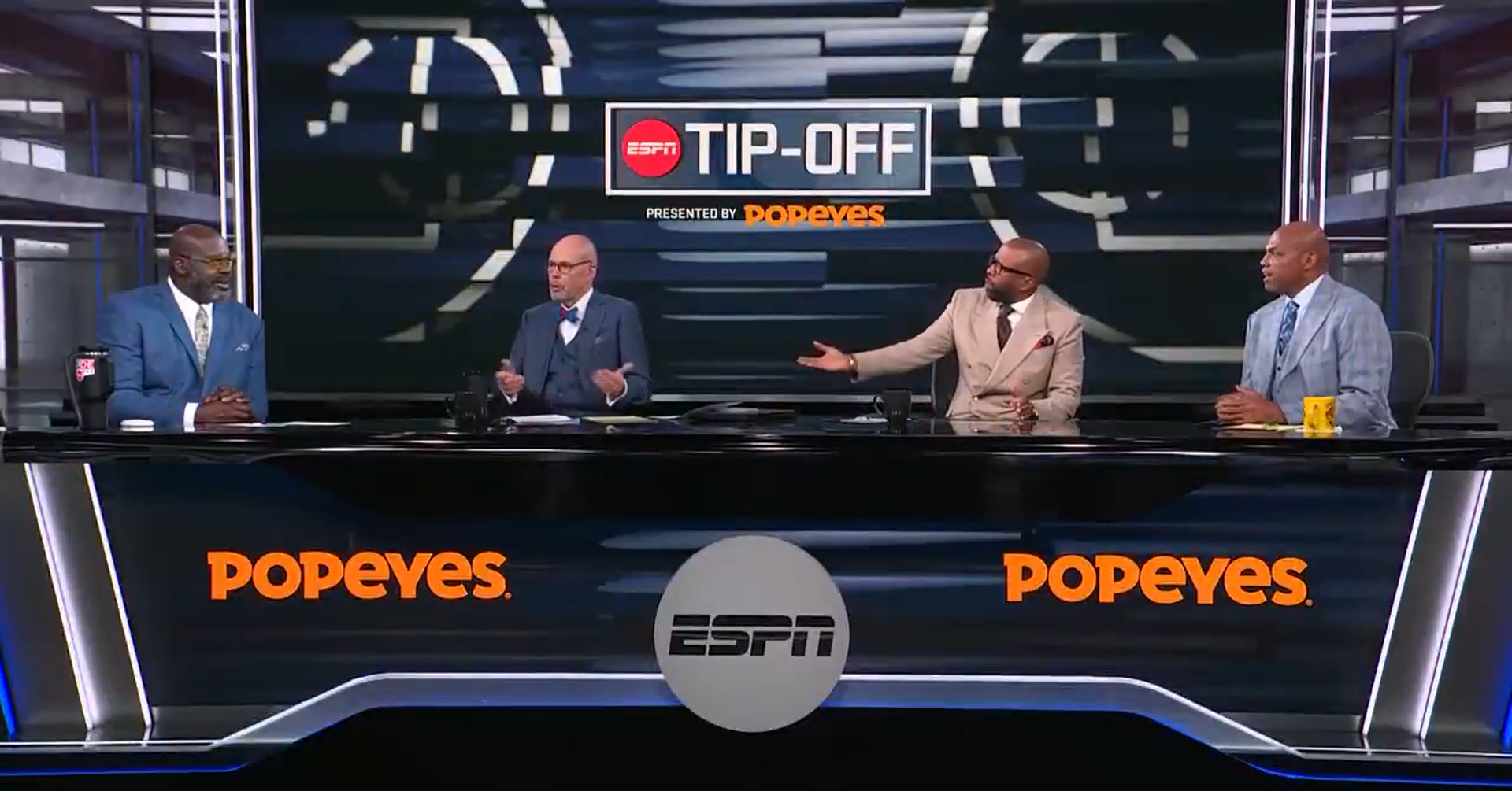First, Amazon promised prices wouldn’t rise under President Donald Trump’s tariffs. Then it quietly increased them anyway.
A revealing analysis by The Wall Street Journal found that since Trump’s initial tariff announcement in January, Amazon raised prices on a range of everyday items—deodorant, pet supplies, protein shakes—by an average of 5%. This was despite a public pledge in April to keep costs stable.
The price hikes hit Amazon’s cheapest household items the hardest. Of nearly 2,500 products analyzed, prices increased on about 1,200. Walmart, by contrast, cut prices on those same goods by nearly 2%. These different approaches show how major retailers are managing tariff fallout. Amazon, limited by high shipping costs and thin profit margins, is quietly passing the costs onto consumers.
“Amazon struggles to profit from these items due to high shipping costs,” vendor consultant Corey Thomas told the Journal. Walmart, he said, has more capacity to absorb losses because in-store shoppers tend to buy higher-margin items.

Amazon disputed the Journal’s findings, claiming the product selection wasn’t representative.
“We have not seen the average prices of products offered in our store change up or down appreciably,” the company said in a statement. “Our commitment to offering low prices—not relative percentage changes—is what delivers the most value to our customers.”
But it wasn’t manufacturers raising prices. Makers of multiple products told the Journal they hadn’t increased their own prices. Even American-made products were affected. In January, a can of Campbell’s New England Clam Chowder cost less than $2 on Amazon. By July, it had risen to $2.58—an almost 30% increase.
Imported and mixed-origin products performed even worse. For example, a stackable metal basket from Ohio-based Dayglow, which imports from China and other countries, was sold by Amazon for $9.31 in mid-February. By late April, it was $19.99—more than double.
This aligns with earlier reports from Reuters and analytics firm DataWeave, which showed that Chinese-made products on Amazon are rising faster than overall inflation. The median price of over 1,400 China-made items increased 2.6% between January and mid-June, surpassing the U.S. core goods inflation rate for that period.
The Journal also identified the biggest single-day price increase—Feb. 15, just two days after Trump signed an order indicating tariffs would soon apply to nearly all of America’s trading partners.
Related | Amazon shows Trump’s tariffs in action—and the White House flips out
Amazon briefly considered labeling tariff-related price increases on its website but abandoned the idea after a call from Trump, who called it “hostile and political.” Meanwhile, Walmart doubled down on its low-price strategy.
Amazon’s quiet price hikes suggest some retailers are finally responding to tariffs and inflation by passing the costs to shoppers. The company cited seasonal changes and product availability as reasons, noting many of the tracked items were out of stock on competitors’ sites.
Other retailers are trying to avoid alarming customers. Target said it relies on cost-cutting measures before raising prices, and Walmart pointed to its longstanding reputation for affordability. Some have scaled back benefits, squeezed suppliers, and cut costs, but pressure is mounting.
Trump’s advice to businesses back in May was blunt: “EAT THE TARIFFS.” So far, few have followed it.
Source link


